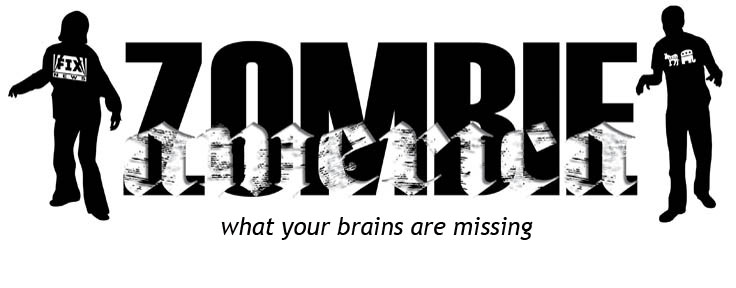A straw man argument is an informal fallacy based on misrepresentation of an opponent's position. To "attack a straw man" is to create the illusion of having refuted a proposition by substituting a superficially similar proposition (the "straw man"), and refuting it, without ever having actually refuted the original position.
It should be noted that presenting and refuting a weakened form of an opponent's argument can be a part of a valid argument. For example, one can argue that the opposing position implies that at least one of two other statements - both being presumably easier to refute than the original position - must be true. If one refutes both of these weaker propositions, the refutation is valid and does not fit the above definition of a "straw man" argument.
Strictly speaking, there are three ways to deal with a straw man setup. 1. Using the terms of the straw man and refuting the theory itself: Beach debate: "There is no threat to morality with "free" sex. Sex for purposes other than procreation is something that shouldn't be tied to morality, shame, or guilt". Note: A weakness of this retort is that agreeing to use the terminology of the opponent may deflect the debate to a secondary one about the opponent's assumptions). 2. Clarifying the original theory: "I said evolution should be taught, not that I believe in the big bang". This may involve explicitly pointing out the straw man. 3. Questioning the disputation ("Why could it not have been made in six 24-hour days?"). See also Debate
Source
skip to main |
skip to sidebar
Table of Contents
- Bohemian Grove (1)
- Brainwashing (1)
- Cognitive Dissonance (1)
- COINTELPRO (1)
- Conspiracy Theory (1)
- Council on Foreign Relations (1)
- Dialectic (1)
- Disinformation (1)
- Divide and Conquer (1)
- Doublespeak (1)
- Doublethink (1)
- Esoteric (1)
- Eugenics (1)
- Exoteric (1)
- False Flag (1)
- Federal Reserve Bank (1)
- Free (Freedom) (1)
- Georgia Guidestones (1)
- Groupthink (1)
- Ignoratio Elenchi (1)
- Insurrection Act (1)
- Mind Control (1)
- Nano-Thermite (1)
- New World Order (1)
- Patriot (1)
- Plutocracy (1)
- Posse Comitatus Act (1)
- Problem Reaction Solution (1)
- Project For a New American Century (PNAC) (1)
- Propaganda (1)
- Provocateur (1)
- Psychological Operations (PSYOP) (1)
- RAND (1)
- Skull and Bones (1)
- Stockholm Syndrome (1)
- Straw Man (1)
- Terrorist (1)
- The Art of War (Sun Tzu) (1)
- The Great Game (1)
- Topics Defined (1)
- Trilateral Commission (1)
- Tyranny (1)
- World Government (1)

.jpg)
